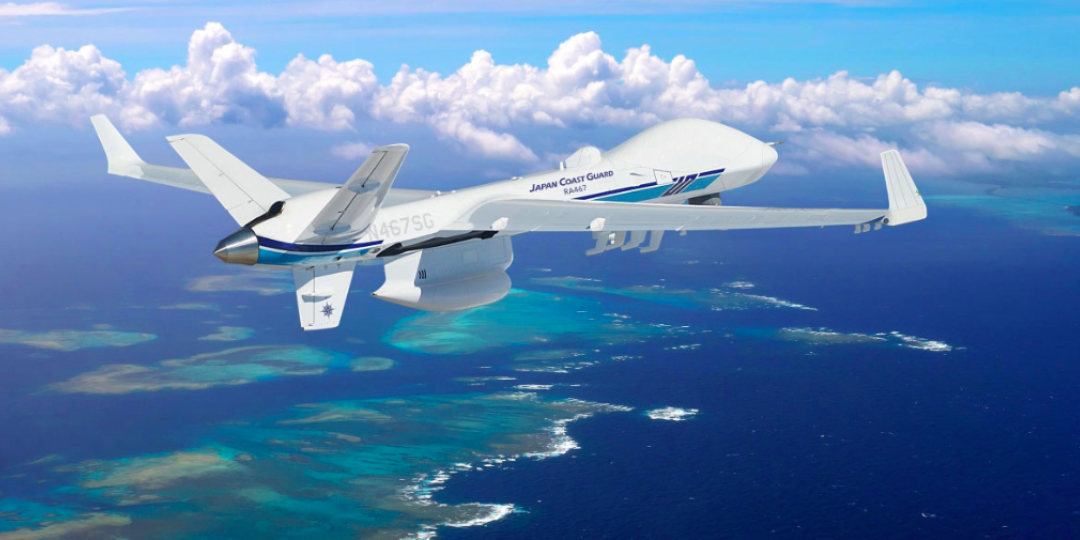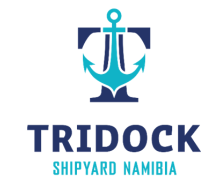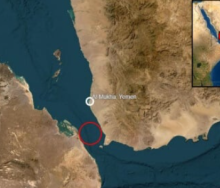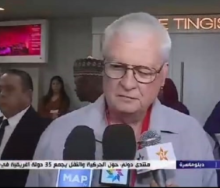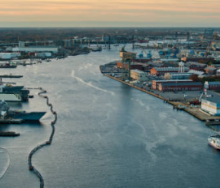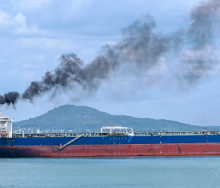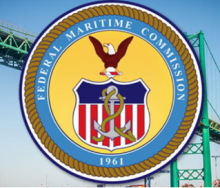A remotely piloted aircraft took flight for the first time to survey Japan’s North Eastern coastline last week as political tensions continue to escalate in the region.
The Japan Coast Guard (JCG) launched its latest surveillance tool to monitor its coastal waters with the inaugural flight of the remotely piloted aircraft (RPA), an MQ-9B SeaGuardian, which took off from the Japan Maritime Self Defense Force (JMSDF) Air Station Hachinohe on October 19. The RPA will primarily perform Maritime Wide Area Search (MWAS) over the Sea of Japan and the Pacific Ocean. Other missions will include search and rescue, disaster response, and maritime law enforcement.
According to General Atomics Aeronautical Systems, Inc (GA-ASI), the supplier of the remotely piloted aircraft, it features a multi-mode maritime surface-search radar with an inverse synthetic aperture radar (ISAR) imaging mode, an automatic identification system (AIS) receiver, and high-definition, full-motion video sensor equipped with optical and infrared cameras. This sensor suite enables real-time detection and identification of surface vessels over thousands of square nautical miles and provides automatic tracking of maritime targets and correlation of AIS transmitters with radar tracks. The SeaGuardian has a wingspan of 79 feet (24 metres).
“SeaGuardian is the world’s premier asset for performing MWAS,” said Robert Schoeffling, vice president of International Strategic Development at GA-ASI. “We’re proud to support the Government of Japan’s policy to strengthen its maritime security.”
Maritime Executive reported that the coast guard had tested the camera and other functions during the inaugural flight.
“They will be using the aircraft to monitor for illegal foreign vessels fishing in the Yamatotai ocean bank, a fishing area in the Sea of Japan, as well as monitoring Japan’s Pacific coastal areas. The craft will be piloted from a ground control station at the guard base, with the pilots using the onboard cameras and sensors. They reported that the craft is capable of flying up to 24 hours continuously in all types of weather,” the publication reported.
The aircraft incorporates collision-avoidance radar that enables flexible operations in civil airspace.
